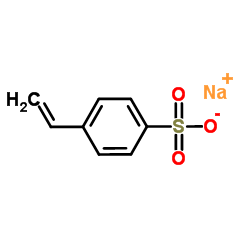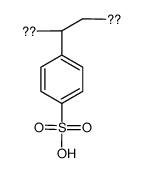| Structure | Name/CAS No. | Articles |
|---|---|---|
 |
Polyacrylic acid
CAS:9003-01-4 |
|
 |
Sodium acrylate
CAS:9003-04-7 |
|
 |
sodium 4-styrene sulfonate
CAS:25704-18-1 |
|
 |
Poly(styrene sulfonic acid)
CAS:28210-41-5 |